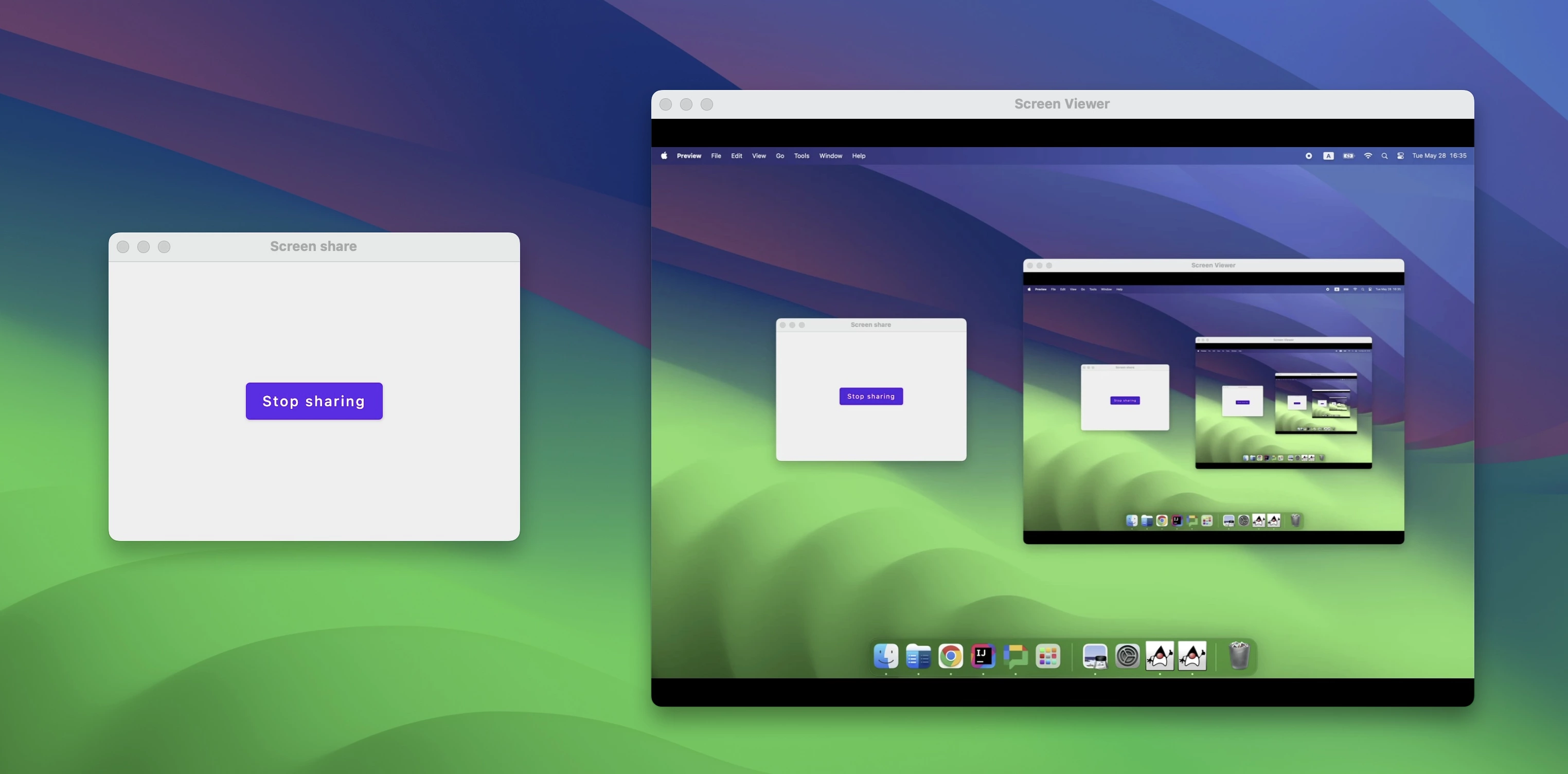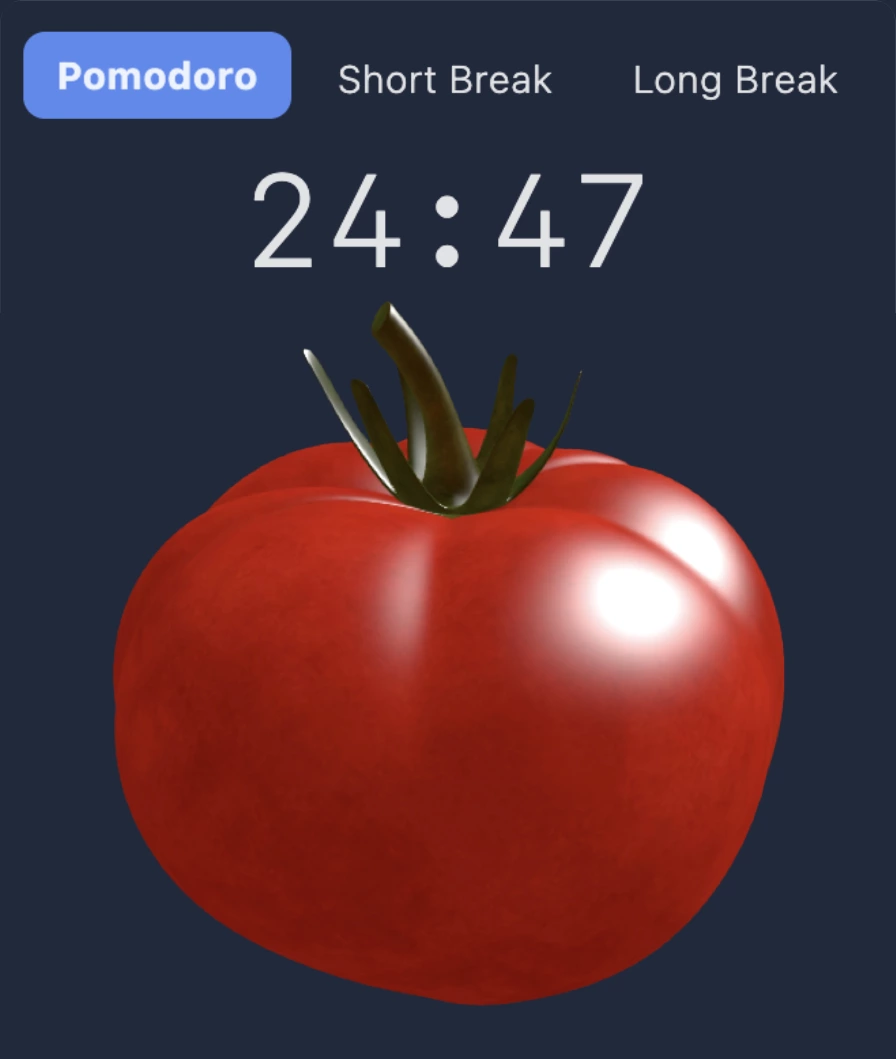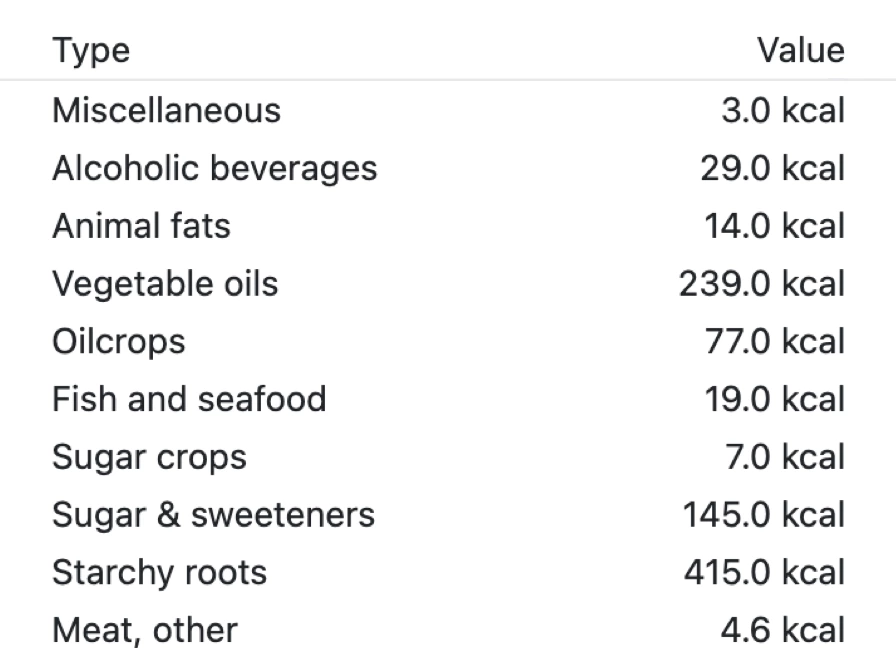Java remote screen sharing via WebRTC
This project demonstrates how to share a screen between two Java applications using WebRTC and JxBrowser.

Problem
Screen sharing is an essential tool used in many applications and services. While there are many existing services on the market, it is often needed to add this feature into an existing application, closely integrating with other parts of the application, and addressing potential privacy concerns.
Building screen sharing from scratch in a desktop app can be resource-intensive. One has to handle complex network protocols, optimize the user interface to stream video, and also, maintain this code for years to come.
Solution
JxBrowser supports the data transfer over WebRTC. It is an open standard, with many possible applications, one of them being video streaming. With WebRTC, video, audio, and other types of data are transferred peer-to-peer between application instances.
Java as a platform has no built-in WebRTC support, but as JxBrowser operates on top of Chromium engine, its API provides all WebRTC features available in Chrome. Not only it is possible to build a screen sharing channel between two apps using JxBrowser, but one can have any WebRTC-compatible software to send or receive data streams.
This project is a simple desktop app built with JxBrowser and WebRTC, with the code anyone can re-use in their own projects. Here is a number of highlights:
- Cross-platform support for Windows, macOS, and Linux, with various architectures, too.
- WebRTC implementation comes from Chromium, which is constantly updated with performance improvements and security fixes.
- Following an open standard makes it easy to integrate with other platforms, such as mobile.
- All media streams are end-to-end encrypted, keeping the screen-sharing sessions secure and private.
Licensing and reuse
The code of this project is provided under the MIT license. We encourage our clients to treat it as a source of inspiration, or even by directly using its parts in their applications.


